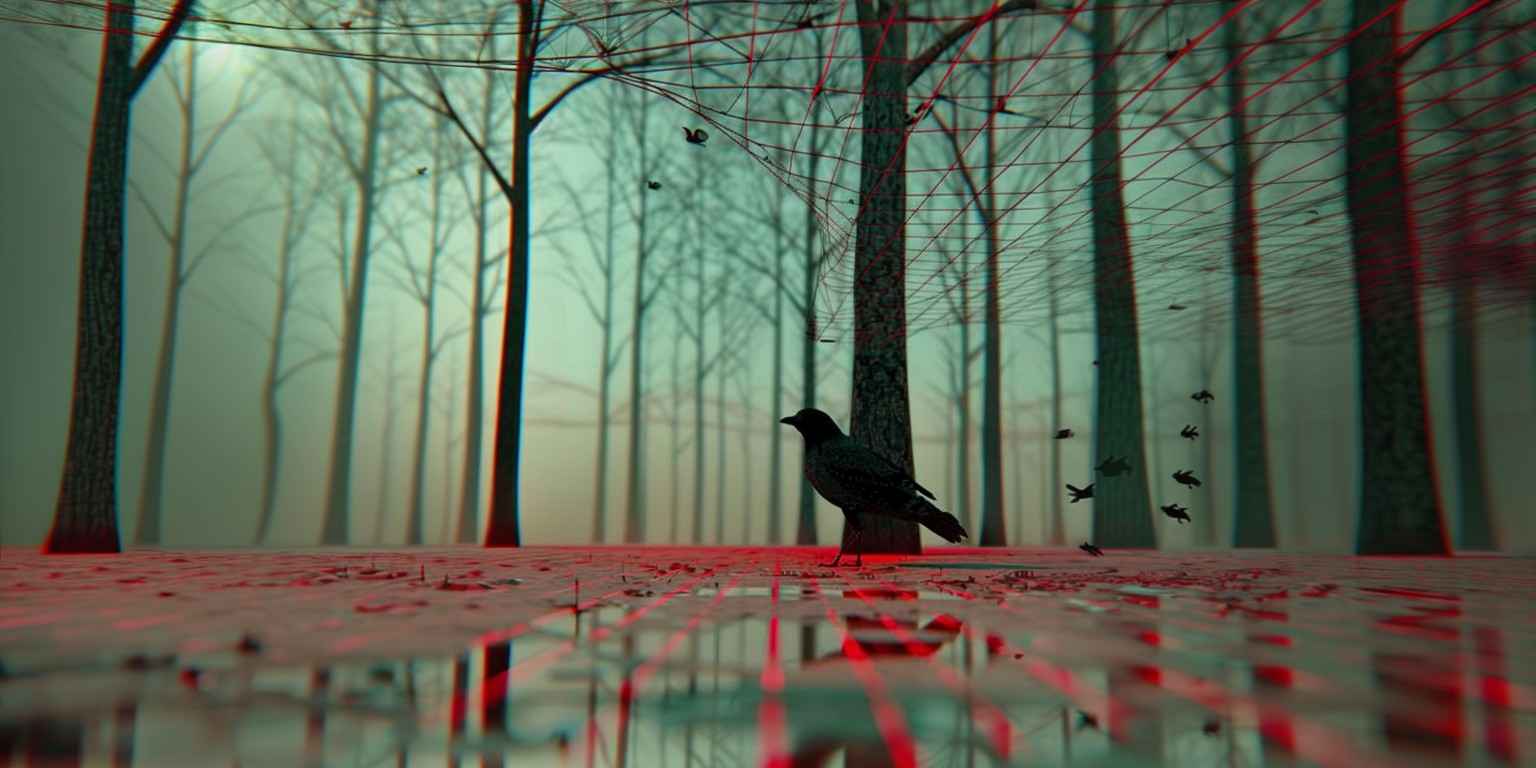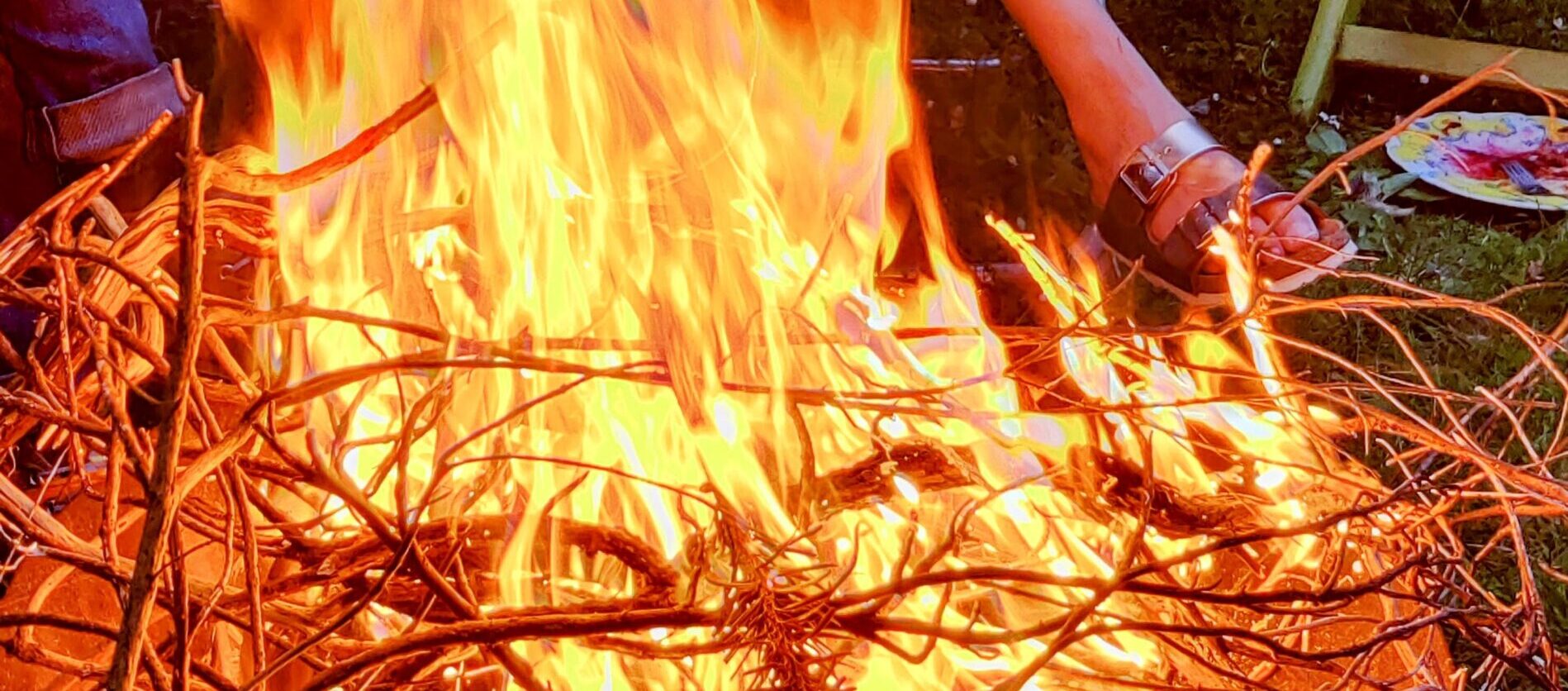
Nature is a Haunted House – but Art – a House that tries to be haunted.
– Emily Dickinson, letter to Thomas Wentworth Higginson, 1876
Emily Dickinson first wrote to Thomas Wentworth Higginson of The Atlantic magazine in 1870, enclosing four of her poems and asking “Mr Higginson, Are you too deeply occupied to say if my verse is alive?” This began a long correspondence. Her question about whether her verse is alive is similar in kind to the bolder question she later asks about the haunted house1.
With regard to nature, these two questions have always been asked. What is life? And, What is conscious, sentient, enspirited, soulful? In the Upanishads the concept of prana, the “breath” or life-force was described as satya, “truth”, while the atman “self, spirit” was satyasya satya, “the truth of truth”. Similarly in Ancient Greek texts, pneuma represents the breath of life, the animating principle, while psyche is the soul. The first implies life, the second subjectivity. In the modern world, of course, whether in Christian or scientistic doctrine, only humanity is meaningfully conscious.
When we turn to art, the same questions are asked, at least metaphorically. True art is said to be ‘alive’, but great art ‘speaks’ to us, ‘reflects’ to us, ‘shows’ us things. In the boldest speculations, as in Dickinson’s remark, art has its own subjectivity: it not only reflects us to ourselves, but looks back at us.
Dickinson’s way of expressing this is, it must be said, somewhat weird. As has previously been explored on this site, the weird is an aspect of modernity, a supposedly disenchanted world in which spirits have no place. When we push them to the margins, they take on the trashy, low-brow, quality of stuff that is believed in only by fools and the superstitious. Dickinson’s “haunted house” is a wonderful phrase, then, for how the enspirited natural world is experienced by a modern Westerner. Nature is our “house”: we live in it, own it, dominate it and make use of it; yet it is haunted still.

The therapy room is a modern space: private, confidential, enclosed, indoors. Those that are struggling with “mental illnesses” can enter to speak to a therapist, with the hope that they will soon be returned to functional normality. Yet this house too, a bright, clean “safe” space, can also be haunted by the very weirdness that it forbids. Many psychotherapists have private beliefs in astrology, divination, telepathy, ghosts, and so on, beliefs that they would never openly acknowledge.
For others, the therapy room is, like Dickinson’s art, a house that tries to be haunted.
As research has shown, the quality of the relationship is the only factor that makes a difference to the effectiveness of therapy. Yet what is this mysterious relationship? As I explored in Weirding the Relationship, many of the most respected psychotherapists have speculated about the relationship as a ‘third’ presence in the room. Jung’s ‘transcendent third’ and Winnicott’s ‘transitional space’ are two examples. As Thomas Ogden wrote in 1994, “the analytic process reflects the interplay of three subjectivities: the subjectivity of the analyst, of the analysand, and of the analytic third.”
Whether this highbrow language conceals more than it reveals, it is at least an attempt to talk about the experience of non-human or meta-human subjectivity, a presence in the room from within a modern Western mindset. This will always be a tricky thing to do, given that the entire modern project is founded on disenchantment, an act of magical banishing. But when we move out of that mindset, what is being said is very easy to understand. According to West African Dagara teaching, as related by Sobonfu Somé, “the coming together of two spirits gives birth to a new relationship … the spirit of the relationship”2.
And the only essential point about a spirit, whether human or not, is that it has its own subjectivity.
Psychotherapy, in James Hillman’s etymology, means ‘support of, or care for, the soul’. The question might be, however, which soul? We might imagine, and Hillman seems to intend, that the psyche of the therapist is supporting or caring for that of the client. But what if the psyche that needs to be cared for is the soul of the relationship? Sobonfu Somé confirms this, saying “It [the spirit] is very important because it acts as a barometer of the relationship, and it must be nurtured and kept alive. If that spirit dies, then the relationship dies.”
If we accept this view, then therapist and client are engaged in a mutual nurturance of their shared spirit. The question as to whether the work is being done to the client by the therapist – as medically-oriented modalities would imply – or whether the client is merely being supported to do the work that they need to do – as person-centred modalities would suggest – is then revealed to be completely mistaken. The work of healing and transformation is done by the spirit.
If that consciousness has its own intentionality, then we cannot ‘know’ what it knows, or wants, or needs. We are blessed, honoured by its presence, and we try to be worthy of it. New thoughts, deep emotions, undreamt-of visions appear with it. Yet like Nature in the Dickinson poem quoted below, it is “a stranger yet”, a ghost that cannot be “simplified”. I want to suggest that it is the necessary alchemical vessel for a magical transformation, incubating within itself a new internal relationship until it is ready to be born into the client.
(c) Weird Therapy 2024
1 Dickinson often returned to the metaphor of haunting to emphasise the spooky unknowable quality of the real:
But nature is a stranger yet:
The ones that cite her most
Have never passed her haunted house,
Nor simplified her ghost.
Emily Dickinson, ‘What Mystery Pervades a Well’
2 Sobonfu Somé‘ The Spirit of Intimacy: Ancient African Teachings in the Ways of Relationships (1997)
Copyright © 2022 My Sunset by Bogdan Bendziukov.




